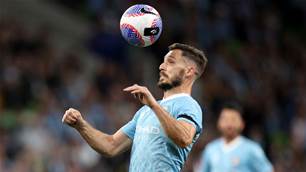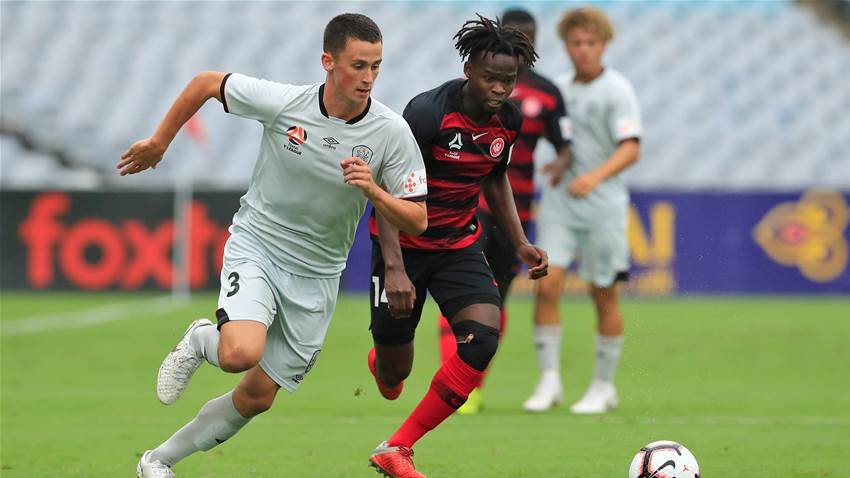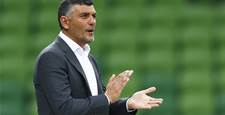The nation’s premier junior competition, the Y-League returns to action this weekend for its twelfth season, with the subject of Australia’s youth development, pathways to senior football and philosophical approach to development a hot topic amongst the footballing public.
With Australia’s professional leagues, including the Y-League, recently transferring to the independent control of the clubs, FTBL understands that much-needed reforms of the competition have been mooted to arrive potentially as soon as 2020/21.
But changes have failed to materialise in time for the coming season.
Instead, as it has been since 2015/16, the 10 sides competing in the competition – all existing Australian A-League clubs bar Western United, plus Canberra United – will be divided into two conferences of five; with the NSW-based sides and Canberra in Conference B and the others in Conference A.
Conferences will compete in a home-and-away format over the course of an eight-game, 10-week regular season before the top side from each conference face off in a Grand Final – the only game of the competition broadcast or streamed.
Unfortunately, an eight-game youth competition, regardless of the supplementary effect provided by A-League sides entering teams into their state-based NPL competitions, remains inadequate for fostering the next generation of Australian talent; youngsters taking part not afforded enough year-round football and training in an elite environment to take their development to the next level.
Instituted to make costs more manageable for A-League clubs, the nature of the conference system means that young players don’t even run the gamut of the best youth players in Australia and instead restricts them to playing the other four clubs in their five-team conference unless they make the Grand Final.
Nominally put in place to ensure that more opportunities are provided to young players, the downsides of the well-intentioned policy of extended benches should A-League sides field a requisite number of U23 players could also be on show during the coming Y-League season.
Despite being inadequate on a holistic level, the 10-week season does, at this stage, represent one of the few opportunities for young players to partake in competitive football between NPL seasons.

Should players that sit on that precipice of A-League football such as Brisbane Roar’s Rahmat Akbari, Melbourne Victory’s Ben Carrigan, Newcastle Jets’ Angus Thurgate and Melbourne City’s Stefan Colakovski spend their time in the coming months sitting largely unused as part of an extended bench with the senior sides rather than seeing some form of regular minutes at a Y-League level, the veracity of the benefits they are deriving from the new regulations can be called into question.
Nonetheless, reform could be on the way.
While in an optimal world Australia would have a thriving, multi-tiered footballing ecosystem that allowed for transfer fees, player loans and a spirit of risk and aspiration in order to incentivise young player development, newly independent A-League clubs have recognised the need for reforms for the Y-League.
An idea championed by Socceroos Head Coach Graham Arnold as part of a possible solution, the prospect of a U23 reserves competition that will operate alongside the A-League between October and May has been raised, which would see the number of games available to young players during the summer months to at least 20.
Initially slated to just include A-League clubs and Canberra United – expansion sides Western United and Macarthur FC have both signalled they will be entering sides in the Y-League or its successor as soon as they are able – it has been floated that representatives from outside the professional eco-system, be they ambitious NPL clubs or sides created to serve a region, could also enter the league in the future.
While reform of the conclusion of Australia’s developmental pathway represents just one of a number of philosophical and structural areas of exploration needed in the Australian game, the floated changes to the Y-League and the planned launch of the National Second Division in the coming years show that faint signs of progress in junior development may be becoming apparent.
Related Articles

Leckie seals new marquee deal as Good, Maclaren head to Asia

Socceroo-in-waiting seals Championship deal














